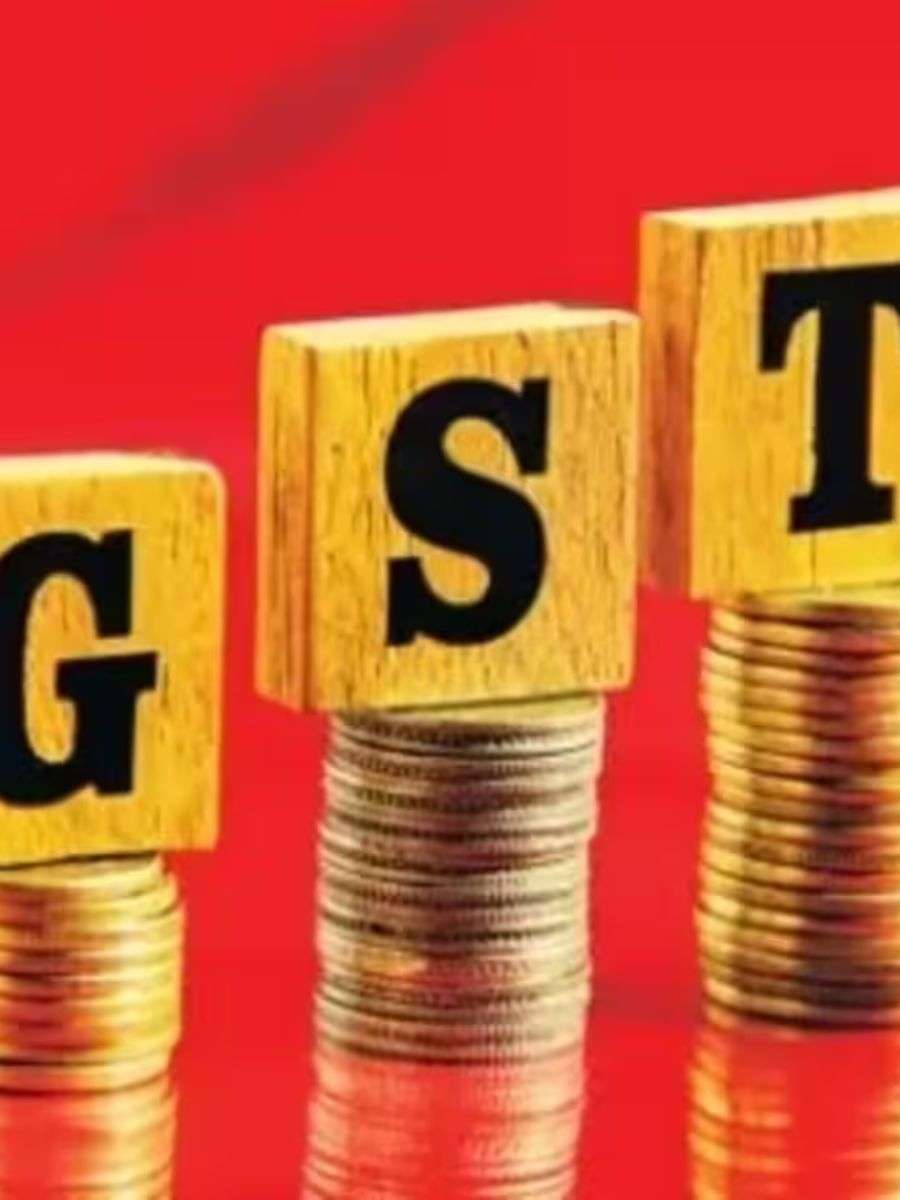A wave of panic selling swept through the Indian stock market on Monday, marking one of the most severe market meltdowns in recent times. The benchmark indices — BSE Sensex and Nifty 50 — witnessed sharp corrections, with the Sensex falling over 3,000 points and the Nifty breaching the 21,900 mark.
This stock market crash erased nearly ₹19 lakh crore in investor wealth in just a few hours, shaking investor confidence and triggering comparisons to past market collapses.

stock market crash: Sensex, Nifty 50 in Deep Red
The dramatic downturn saw the Sensex nosedive by over 3,100 points, reflecting a widespread selloff across sectors. The Nifty 50 was no exception, sliding nearly 900 points, with none of its constituents managing to stay in the green.
Tata Steel emerged as the day’s biggest loser, plummeting over 10%, followed closely by Tata Motors and other heavyweights. The market’s decline was broad-based, with both frontline and mid-cap stocks witnessing severe losses.
Stock Market Crash: Sectoral Rout: Bloodbath Across the Board
Every sector was hit hard, with investors seeing no place to hide. The carnage included:
- Nifty Metal Index: Down more than 7%, due to fears of weakening global demand.
- Auto Sector: Suffered a massive blow, with stocks like Tata Motors and M&M dragging the Nifty Auto index lower by over 6%.
- Banking Stocks: Crashed amid concerns of economic slowdown and rising default risks.
- IT Sector: Weakness in U.S. tech stocks weighed heavily on Indian IT majors, with Infosys and TCS losing significant ground.
The market-wide selling pressure was compounded by margin calls, which intensified as the day progressed.
Why Did the Stock Market Crash?
The root cause of this sharp decline lies in global developments. Over the weekend, U.S. President Donald Trump announced sweeping tariffs affecting more than 180 countries. This aggressive trade stance sparked fears of a global trade war, especially as China and other affected nations prepared countermeasures.
These actions rattled investor sentiment and reignited worries about a possible recession in the U.S., the world’s largest economy. With supply chains at risk and global GDP growth forecasts being revised downward, equity markets responded with widespread panic.
The uncertainty around global trade, along with economic slowdown signals from the U.S., has created a perfect storm for risk assets globally.
Stock Market Crash: Global Market Reaction-A Worldwide Selloff
The Indian market was not alone. A similar pattern unfolded across major global markets:
- Japan’s Nikkei 225 slumped nearly 7.8%, reaching its lowest levels since late 2023.
- South Korea’s KOSPI fell over 5%, underscoring fears in export-heavy economies.
- U.S. Futures saw steep declines, with S&P 500 and Nasdaq Futures falling over 5% in early trade.
- European Indices, including Germany’s DAX, dropped as much as 9.4%, while the Stoxx 600 lost over 5%.
Last week alone, global markets wiped out nearly $6 trillion in market capitalization, and Monday’s selloff only deepened the losses.
What Should Investors Do Now?
In moments of high market volatility, staying calm is easier said than done. However, financial experts are urging investors not to panic sell.
Expert Tips for Navigating the Crash:
- Stick to Your SIPs: Continue with systematic investment plans (SIPs). They’re designed to smooth out volatility over the long term.
- Avoid Lump-Sum Investments: Given current uncertainty, it’s best to avoid making large, one-time investments until the dust settles.
- Focus on Fundamentals: Look for opportunities in fundamentally strong stocks and sectors that have long-term growth potential.
- Reassess, Don’t React: Instead of reacting emotionally, use this opportunity to reassess your portfolio and rebalance if necessary.
Market corrections, while painful in the short term, can also serve as entry points for disciplined long-term investors.
Is This an Opportunity in Disguise?
While the sharp correction has unnerved most investors, some contrarians see this as a chance to accumulate quality stocks at attractive valuations. However, caution is still warranted.
With the India VIX, a volatility index, rising sharply over 40%, the market remains highly sensitive to news flow. Analysts suggest that investors stagger their investments and avoid trying to catch the exact bottom.
The consensus is clear: volatility will persist in the coming weeks, especially with global economic indicators flashing red and geopolitical uncertainties escalating.
Final Thoughts: A Wake-Up Call for Investors
Monday’s selloff has jolted the market out of its bullish slumber. It’s a stark reminder that stock market crashes can unfold rapidly, often driven by factors far beyond domestic fundamentals.
While India’s long-term growth trajectory remains promising, the near-term will be shaped by global macroeconomic shifts. Investors should remain cautious, stay diversified, and rely on their long-term financial goals as a compass during turbulent times.
Disclaimer: This article is for educational purposes only and does not constitute financial advice. Please consult a certified advisor before making investment decisions.
ZERODHA 1) : https://zerodha.com/open-account?c=EJ4366
Angelone 2) : https://tinyurl.com/2gloc3g6 or
Upstox3): https://link.upstox.com/9w4tNo1rK8au7VK47









